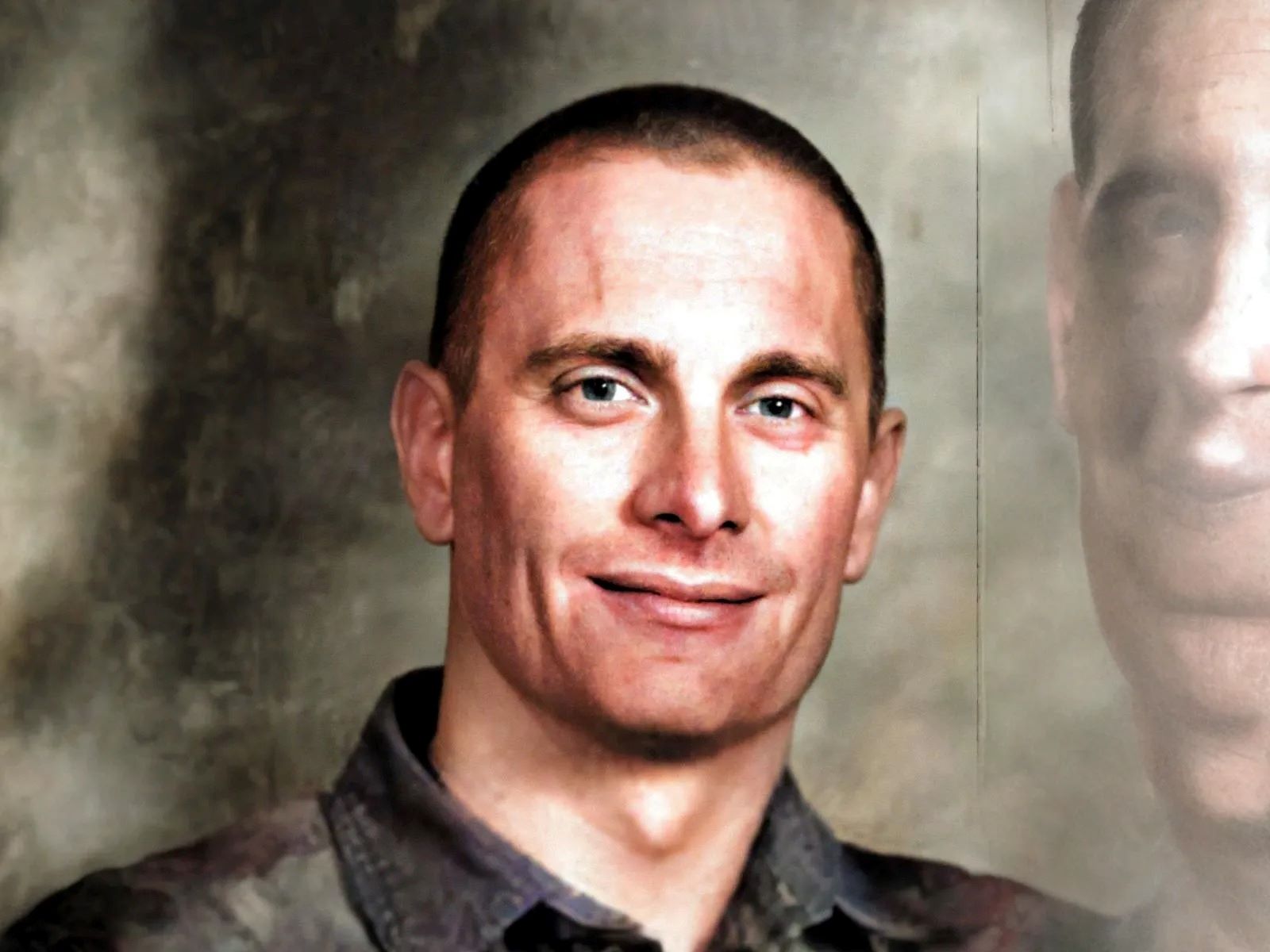
Tommy Lynn Sells was an American serial killer whose reign of terror spanned two decades, from 1980 to 2000. Born in Oakland, California, Sells' early life was marred by tragedy and abuse, setting the stage for his violent future. He claimed to have killed over 70 people, though authorities believe the number is closer to 22. His victims ranged from young children to entire families, and his crimes stretched across multiple states. Sells' nomadic lifestyle and substance abuse made him a difficult target for law enforcement. Ultimately, his capture and execution in 2014 brought an end to his horrifying spree, but the scars he left behind remain.
Key Takeaways:
- Tommy Lynn Sells' tragic early life and exposure to substance abuse shaped his violent tendencies, leading to a trail of death and destruction across multiple states.
- Sells' twisted psyche fascinated and horrified the public, ultimately leading to his execution and leaving a lasting impact on communities and the legal system.
Early Life and Family Dynamics
Tommy Lynn Sells' early years were marked by tragedy and instability, setting the stage for his later actions.
-
Tommy Lynn Sells was born on June 28, 1964, in Oakland, California. He was one of five children to an unwed mother.
-
His presumed biological father, Joe Lovins, died when Sells was 11 years old. This loss added to the instability in his life.
-
Sells and his twin sister, Tammy Jean, contracted meningitis when they were 18 months old. Tragically, Tammy died from the illness.
-
Shortly after Tammy's death, Sells was sent to live with his aunt, Bonnie Walpole, in Holcomb, Missouri. This move was meant to provide stability but didn't last.
-
When Sells was five, his mother took him back after discovering Walpole wanted to adopt him. This return disrupted any sense of stability he had.
-
Sells claimed his mother encouraged a relationship with an adult man named Willis Clark, who began molesting him. This abuse had a profound impact on his psyche.
Substance Abuse and Early Criminal Behavior
Sells' exposure to alcohol and drugs at a young age contributed to his violent tendencies.
-
At seven, Sells began regularly drinking alcohol from his maternal grandfather's stash. This early exposure to substances was a significant factor in his later behavior.
-
By the age of 10, he started using narcotics. This addiction fueled his violent tendencies.
-
In 1982, at 18, Sells was arrested for public intoxication. This marked the beginning of his criminal record.
-
Sells began living as a nomad permanently in 1978, at the age of 14. This lifestyle allowed him to evade law enforcement for years.
Murders and Modus Operandi
Sells' crimes spanned multiple states, leaving a trail of death and destruction.
-
Police believe Sells murdered at least 22 people. However, he claimed to have killed over 70.
-
He said he committed his first murder at 14. Details of this crime are not well-documented.
-
Some of his most notable victims include Katy Harris, a 13-year-old girl stabbed to death in her home in Del Rio, Texas. This murder led to his death row sentence in 2000.
-
Mary Bea Perez, a 9-year-old girl, was abducted and murdered during Fiesta in San Antonio. Sells pleaded guilty to this crime and received a life sentence.
-
Sells was linked to the murders of the Dardeen family in Illinois, including an infant girl born during the attack. These murders are believed to have occurred in 1987.
-
His modus operandi varied, but he often targeted young children and families. He used violence and intimidation to achieve his goals.
Psychological Profile and Media Coverage
Sells' twisted psyche fascinated and horrified the public.
-
Forensic psychiatrist Dr. Michael Stone described Sells as an extreme example of a murderous mind. In a 2010 interview, Sells claimed, "I am hatred."
-
Sells was included in a study about the brain scans of murderers and psychopaths. Researchers hoped to understand why someone would become a killer.
-
He was featured in several media outlets, including an episode of "Most Evil" and a mini-documentary by ABC News. These portrayals highlighted his twisted psyche.
-
Public perception of Sells varied widely. Some saw him as a monster, while others were fascinated by his mind.
Legal Challenges and Execution
Sells' execution faced numerous legal hurdles but ultimately proceeded.
-
Sells was executed on April 3, 2014, at the age of 49. He was pronounced dead 13 minutes after a lethal injection.
-
His attorneys argued that the lack of transparency about lethal injection drugs made the process inhumane. They sought intervention from the U.S. Supreme Court, but their plea was rejected.
-
The families of Sells' victims were deeply affected by his crimes. Many attended his execution seeking closure.
-
Sells' case was featured in various media outlets, raising public awareness about serial killers. This coverage helped identify potential victims.
Impact on Communities and Legal System
Sells' actions had a lasting impact on communities and the legal system.
-
The communities affected by Sells' crimes experienced significant trauma. The fear and loss had long-lasting impacts.
-
Researchers studied Sells' brain scans to understand the psychological mechanisms behind violent behavior. These studies aimed to provide insights into why some individuals become killers.
-
The legal system faced challenges in prosecuting Sells due to the lack of concrete evidence. This made it difficult to build a strong case against him.
-
The case of Tommy Lynn Sells served as a public education tool. It highlighted the dangers of serial killers and the importance of community vigilance.
-
Sells' early life experiences, including molestation and neglect, significantly contributed to his psychological issues. He claimed these experiences relived themselves while he committed his crimes.
-
Sells' substance abuse played a significant role in his violent behavior. He described the first time he used narcotics as a rush he chased throughout his life.
-
Sells' nomadic lifestyle allowed him to evade law enforcement for an extended period. He traveled extensively, often staying in one place long enough to commit a crime before moving on.
-
Despite his extensive crimes, Sells was arrested multiple times for robberies and other crimes but not for the murders until 2000. This delay in prosecution allowed him to continue his killing spree undetected.
-
Sells confessed to many of his crimes after being arrested. However, he could only face charges for the one he was arrested for at the time.
-
Many of Sells' victims were young children or families. His targeting of these groups was particularly heinous.
-
The legal system faced significant challenges in prosecuting Sells due to the lack of concrete evidence. This made it difficult for authorities to build a strong case against him.
-
The public became increasingly aware of Sells' crimes through media coverage. This awareness helped identify potential victims.
-
The communities affected by Sells' crimes experienced significant trauma. The loss of life and fear instilled by his actions had long-lasting impacts.
-
Tommy Lynn Sells left behind a legacy of terror and death. His case serves as a reminder of the darker aspects of human nature and the importance of justice in protecting society from such individuals.
The Dark Legacy of Tommy Lynn Sells
Tommy Lynn Sells left a chilling mark on American history. Born in 1964, his troubled childhood and early exposure to alcohol and narcotics set the stage for a life of crime. Claiming to have killed over 70 people, Sells' true number of victims remains uncertain. His nomadic lifestyle allowed him to evade capture for years, leaving a trail of terror across multiple states. Despite being convicted of only one murder, authorities believe he committed at least 22. His execution in 2014 brought some closure to the families of his victims but also highlighted the complexities of the legal system. Sells' story serves as a grim reminder of the darker aspects of human nature and the importance of vigilance in protecting society. His case continues to be studied, offering insights into the mind of a serial killer and the impact of early trauma on violent behavior.
Frequently Asked Questions
Was this page helpful?
Our commitment to delivering trustworthy and engaging content is at the heart of what we do. Each fact on our site is contributed by real users like you, bringing a wealth of diverse insights and information. To ensure the highest standards of accuracy and reliability, our dedicated editors meticulously review each submission. This process guarantees that the facts we share are not only fascinating but also credible. Trust in our commitment to quality and authenticity as you explore and learn with us.


